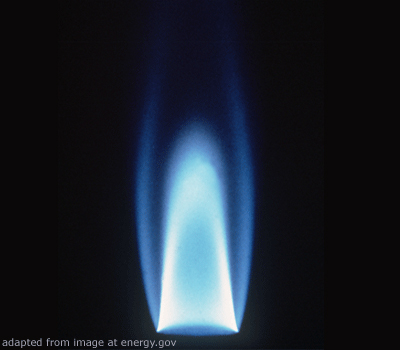Gazprom’s EU customers not at risk for now

(Business New Europe – bne.ru – Teneo Intelligence – June 17, 2014) Following the failure of negotiations on natural gas pricing and debt between Russia and Ukraine last weekend, Russian company Gazprom reduced supply volumes to Ukraine, the main transit country for gas delivered to Gazprom’s EU customers. However, Gazprom continues to deliver contracted amounts to the EU for now, and Kiev will likely refrain from siphoning the supply, given its reliance on support from Brussels in the ongoing dispute with Moscow.
Gazprom’s move to cut gas supplies to Ukraine should be interpreted as an attempt to gain the upper hand in the talks with its neighbor. It will also remind the EU of its role not just as a negotiator but also as a party directly affected by a potential breakdown of the negotiations. Kiev has built up gas storage levels in recent months and hence has sufficient reserves to weather several weeks of cuts, especially as demand is low during the summer. Both sides have now filed a case with the Stockholm Arbitration Court and the process of reaching a deal may be protracted by several weeks.
Meanwhile, Ukraine will likely avoid siphoning off the transport volumes for EU countries, as this would both alienate its EU supporters and prove Gazprom’s point that Ukraine is an unreliable gas transit country. This might further strengthen the case for Gazprom’s South Stream pipeline, which is designed to bypass Ukraine.
However, substantial cuts over several months would again raise the risk to winter supplies to the EU due to potentially insufficient transit pipeline pressure if Ukrainian storage levels are low. Therefore, the effect of the cuts on storage levels at the end of summer will determine the level of risk to EU supplies in the winter of 2014/2015. An escalation of the wider crisis in eastern Ukraine therefore represents a risk to the EU, as Russia may choose to cut gas supplies in response to potential broad economic sanctions implemented by the Europeans and the United States.

